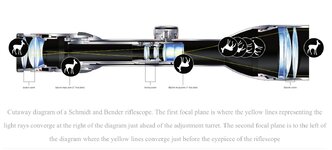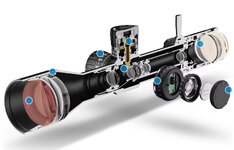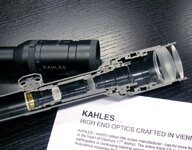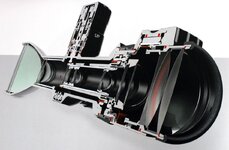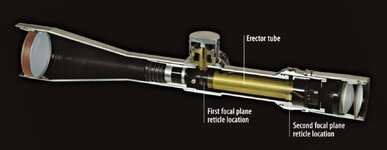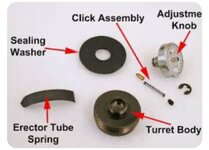I’ve read a lot of the different scope reviews and specifically impact tests. As someone who deals with mechanical failures of items regularly, I’m curious as to what EXACTLY separates scope A that holds zero, or scope B that can’t hold zero if you paid it. Is it a certain items/component in a scope, the way it’s put together as far as tolerances, etc. I will make the assumption it’s not the rings or the way they’re mounted for the tests as I’d imagine the same procedure is conducted for consistently.
Anyone here have any mechanical insight as to what stops a Leupold or Vortex historically to be prone to POI shift, compared to a staple product that does like NF or SWFA SS for an example?
I’m a nerd so I’m curious on the failure mode here between scopes and differences in design.
Thanks!
Anyone here have any mechanical insight as to what stops a Leupold or Vortex historically to be prone to POI shift, compared to a staple product that does like NF or SWFA SS for an example?
I’m a nerd so I’m curious on the failure mode here between scopes and differences in design.
Thanks!

